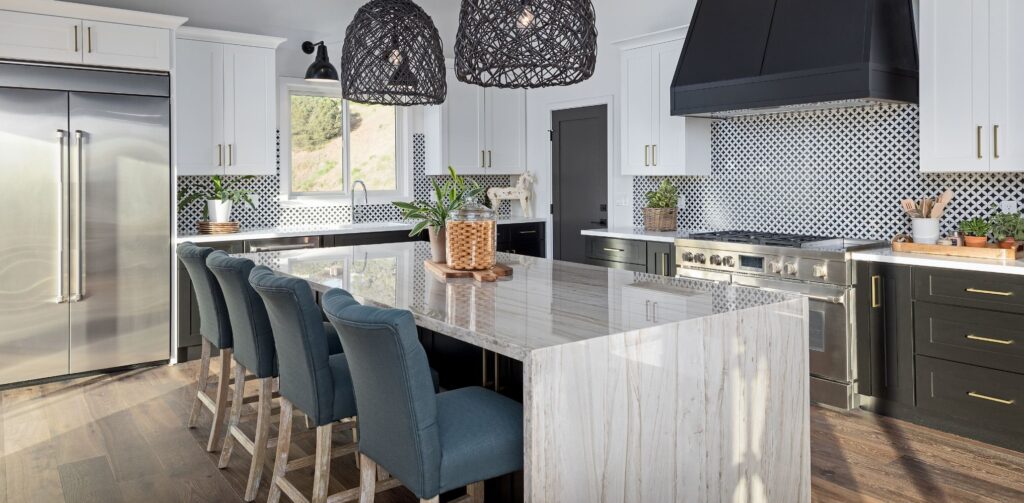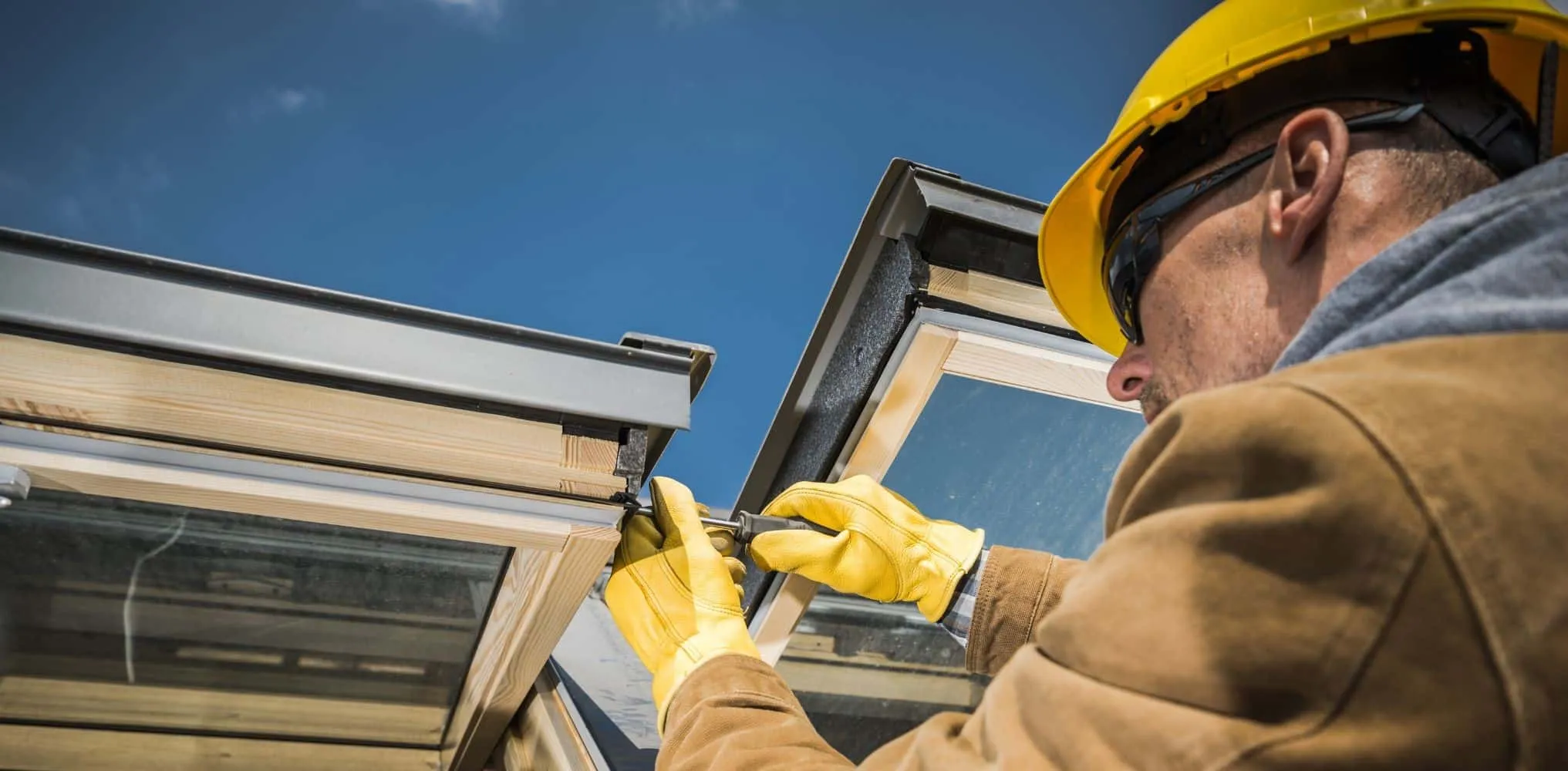If you’re a homeowner in Minneapolis or St. Paul, the idea of using your home’s equity to secure line of credit (HELOC) may be something you’re considering—and for good reason. A HELOC is an affordable and flexible way to access additional funds for a variety of needs. Around the Twin Cities, HELOCs are a popular way to finance home improvements, consolidate debt or fund a large purchase. And if you’re eager to know more, you’ve come to the right place. Let’s dive into details as you consider whether a HELOC is right for you.

1. How does a HELOC work?
Unlike a traditional loan, a HELOC works more like a credit card—it comes with a specific interest rate and a credit limit based on your qualifications. It’s also a revolving line of credit, meaning you can borrow, repay, and borrow again as long as you stay within your credit limit. However, unlike a credit card, a HELOC is secured by your home, often resulting in lower interest rates.
Some unique aspects of a HELOC include:
- The Draw Period: This is the time when you can access funds from your HELOC, typically lasting between 5 and 10 years. During this period, interest-only payments are required, or you can pay down the principal as well if you prefer. The more you pay down, the more you’ll free up credit to borrow again.
- The Repayment Period: After the draw period ends, you’ll enter the repayment phase. During this phase, you’ll start paying P&I payments, which pay down both principal and interest. The repayment period typically lasts between 10 and 15 years with no penalties for early payoff.
- Fixed or Variable Interest Rates: During the draw period, your outstanding balance can either be “locked in” at a fixed rate or fluctuate as a variable rate based on market conditions and the lender’s benchmark (often tied to the Prime Rate). Variable rates often have a lower initial rate that many people use to their advantage. American National Bank’s team of experts can help you understand the best option for you based on our current offers.
Like all forms of credit, a HELOC is a useful tool that needs to be used responsibly. Always make sure your expenses fit your budget and that you have a repayment plan in place.

Apply for a HELOC today
2. Can a HELOC help increase home equity?
Using a HELOC for home improvements can potentially increase your home’s value over time. As home values in Minneapolis and St. Paul continue to rise due to limited inventory, improvements that add lasting value—like finishing a basement or upgrading insulation—could lead to a higher home equity value.
However, it’s important to be strategic about the upgrades you choose. For example, installing energy-efficient windows could reduce your heating bills in winter while increasing the resale value of your home.
3. Can I get a HELOC for a smaller amount or are they only good for major expenses?
Yes, HELOCs don’t need to be humongous to be useful. Many homeowners in the Twin Cities opt for smaller lines of credit, sometimes as little as $5,000. Whether you want to update a few rooms or consolidate debt, a smaller HELOC might be just what you need.
At American National Bank (ANB), we offer HELOCs starting at $5,000 so you can find the right fit for your project or needs.
4. Do HELOCs have lower rates than credit cards?
Yes! Credit card interest rates often range from 15% to 20% or higher, while HELOC interest rates are influenced by some of the same economic factors as mortgage rates which are typically much lower. This means you could save hundreds or even thousands of dollars in interest payments by using a HELOC instead of a credit card.
5. Do banks offer flexible payment options for HELOCs?
Absolutely. During the draw period of a HELOC, interest-only monthly payments are required, however, you can make additional principal and interest (P&I) at any time. During the repayment period, you’ll need to make monthly P&I payments on your remaining balance.
6. How do I qualify for a HELOC?
If you’re considering applying for a HELOC in the Twin Cities area, here’s what you’ll need to qualify:
- Home equity: Your HELOC credit limit depends on your percentage of home equity as well as the value of your home.
- Credit score: A good credit score is important for qualifying for a HELOC.
- Debt-to-income ratio: Your debt-to-income ratio (DTI) measures how much of your income goes toward debt. A lower DTI is always preferable.
- Steady income: Lenders prefer borrowers with a consistent income and a history of on-time bill payments.
7. What can I use a HELOC for in Minnesota?
More than just credit, a HELOC can help you improve the value of long-term assets or consolidate debt.
- Consider home improvement projects that boost home value
- If you’re planning to sell your home in the future, strategic upgrades can increase its value and give you a better return on investment. Upgrades like adding a bathroom, remodeling the kitchen or updating the roof are typically high-value improvements.
- Invest in energy-efficient home improvements
- Given Minnesota’s robust winters, Minneapolis and St. Paul homeowners often make energy-efficient upgrades to reduce heating costs and improve the comfort of their home. Adding insulation to the attic and walls or installing modern windows continue to be top uses.
- Consolidate debt and receive lower monthly payments
- If you have high-interest debt from one or more sources, a HELOC can help. By using a HELOC with a lower interest rate, you can pay off your debt and lower your monthly payments. You could potentially save hundreds or thousands depending on how much you owe.
8. What’s the difference between a HELOC and a home equity loan (HELOAN)?
Great question! A HELOC and a home equity loan both let you tap into the equity of your home, but they work in different ways. A home equity loan is a one-time lump sum with fixed payments, perfect for a specific need like a home renovation. A HELOC, on the other hand, is a revolving line of credit—kind of like a credit card—that lets you borrow as needed up to the amount of your credit line and requires interest only payments during the draw period on the amount borrowed. In short, home equity loans are for a set amount while HELOCs offer more flexibility to draw on the amount of credit you need.
How can I apply for a HELOC?
Whether you’re looking to update your home, fund a new project or consolidate debt, a HELOC with American National Bank can be a flexible solution. Learn more about our current options or find a branch near you to get your application started today.

Articles contained in our news section are not intended to provide recommendations or specific advice. Consult with a professional when making financial decisions. Once published, articles are not updated; information may be outdated.
Recent Updates
-
 04.02.2025 | Financial Tips
04.02.2025 | Financial TipsHomebuying wants and needs: determine each before your home search
Purchasing a home is sometimes a balancing act between wants and needs. Finding the right mix is increasingly important as...
-
 03.14.2025 | Financial Tips
03.14.2025 | Financial TipsYour financial fitness starter guide: budgeting, tracking expenses, tackling debt and more
No matter where you are financially, or how you feel about your finances, there’s always room for improvement and optimism....
-
 02.07.2025 | Financial Tips
02.07.2025 | Financial TipsOmaha homeowners: your guide to winterizing and saving money
Omaha gets an average of 28 inches of snow per year. On top of that, Omaha also has a winter...


